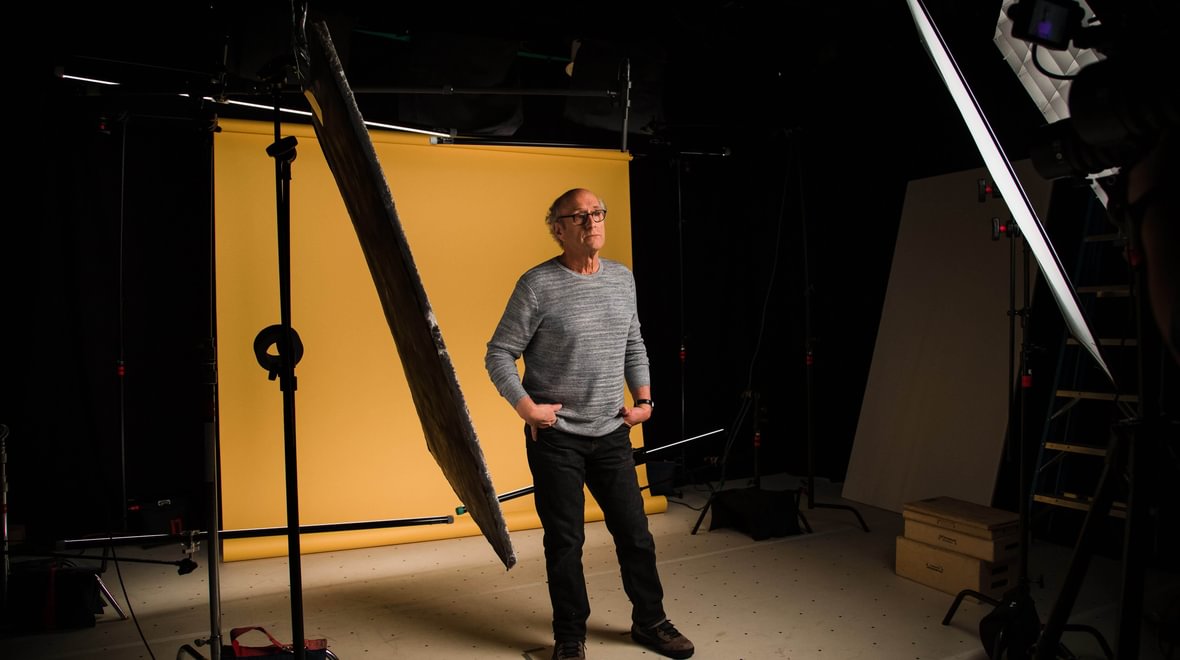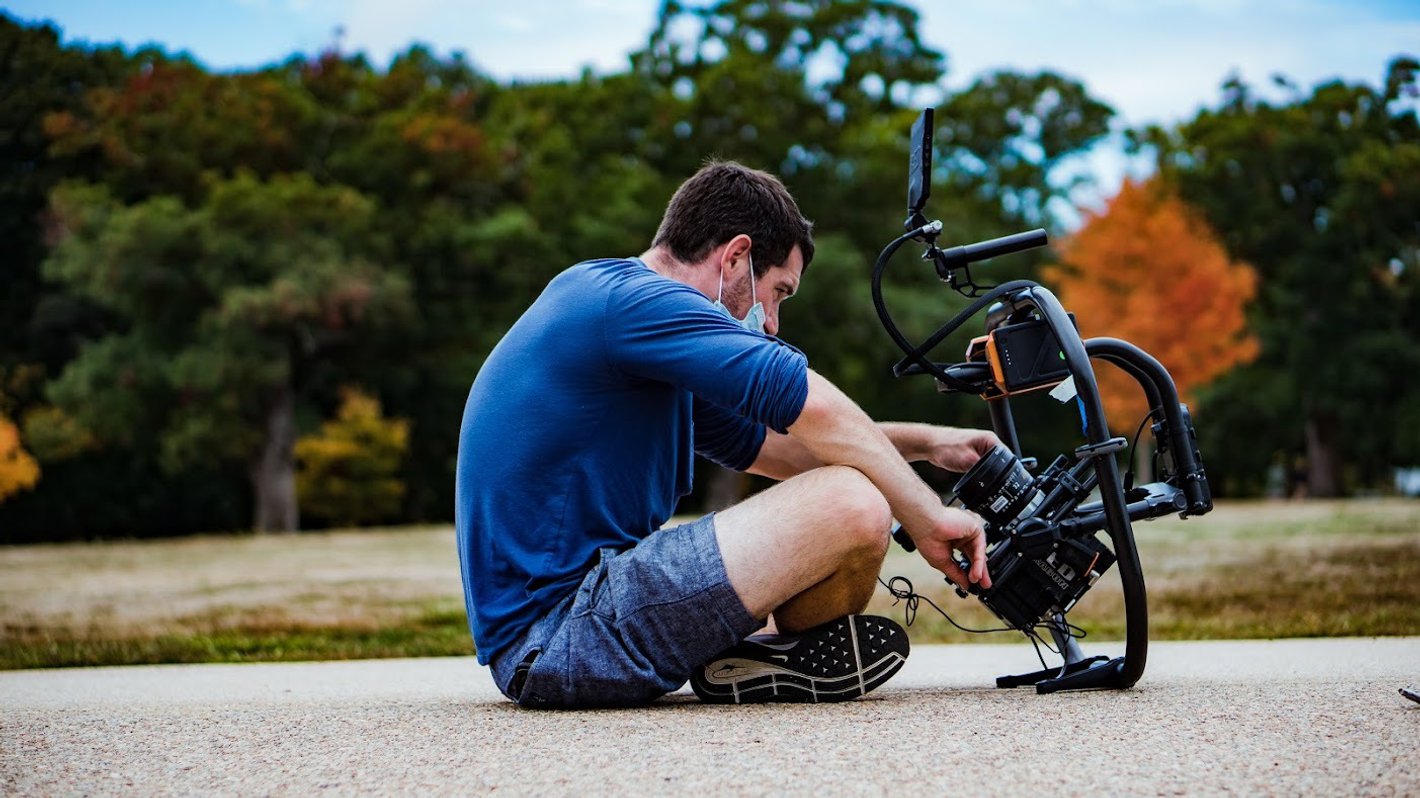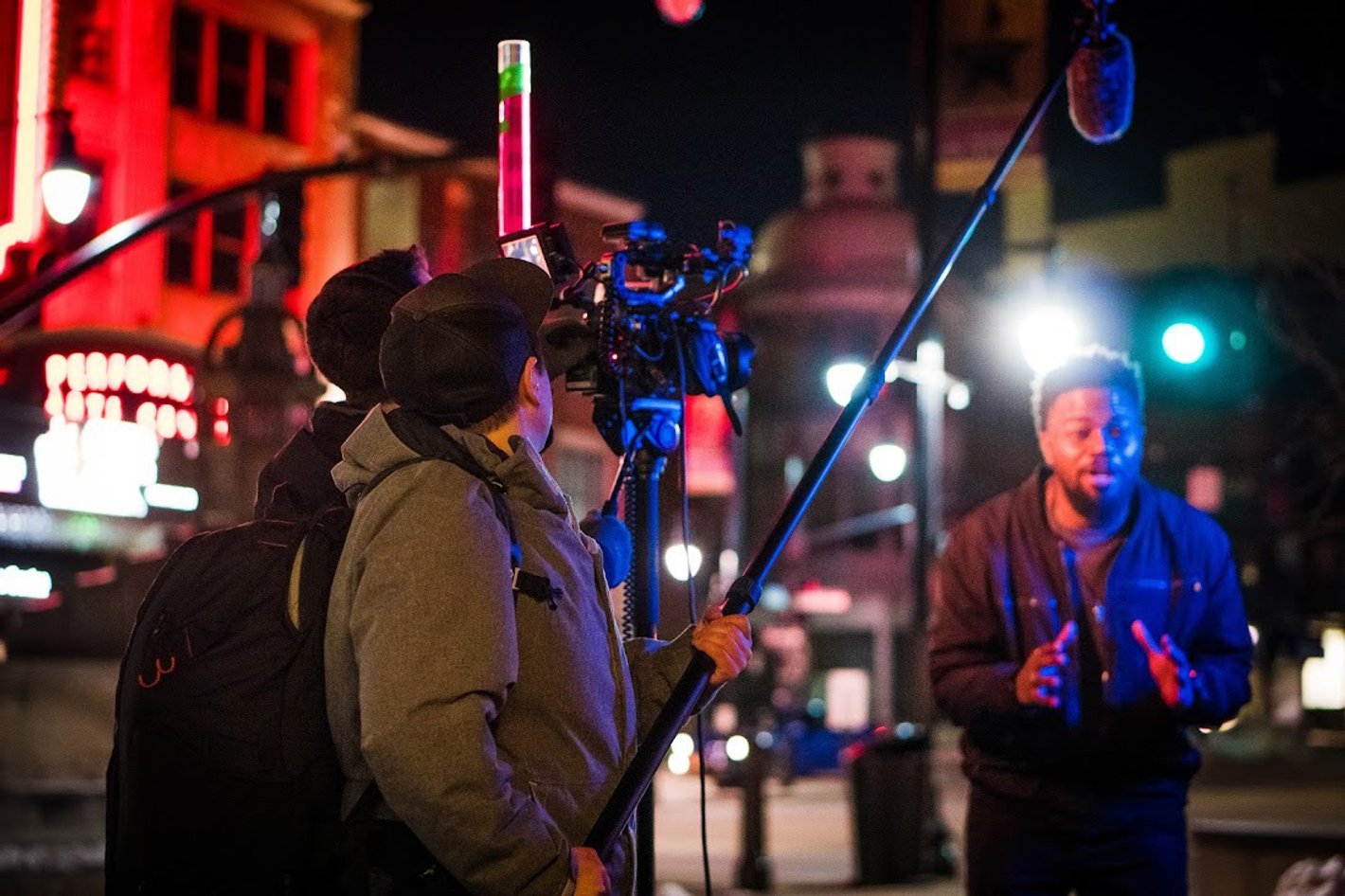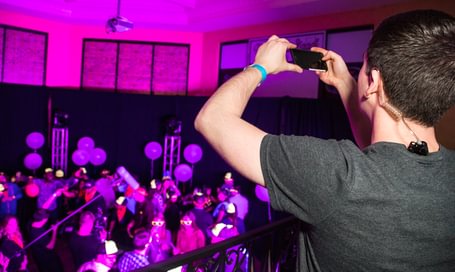What To Know About the Video Post Production Process

You want to create a beautiful video to separate yourself from your competition. You set the vision and just finished filming it, but there is one more step in the process before you can post it. You need to go through the video post production process.
What are some of the most important steps that are involved in the video post production process? Learn more about some of the most important elements below, and make sure you partner with experts who can help you get the most out of each video you produce.

The Most Important Parts of Video Post Production
There are several moving parts that have to come together to help you maximize your video. They include:
1. Select the Music Track
You might not expect it, but one of the first steps in the process is often finding the right song.·Establishes the tone of the video in a clear manner. A song that is happy and uplifting creates an entirely different feeling than one that is dramatic and orchestral.
·Creates pacing for your video. The structure of the song gives you natural points to edit and allows you to edit actions on the beat of the song.
There are many resources for sourcing stock music for your video. You can pick multiple options to audition before selecting the perfect one. Often, we use a stock song to establish the song even when we plan to have a musician develop a custom music track or score for the video.
2. Develop the Narrative
Then you have to align the sound bites you had in mind during the scripting phase with what you captured while filming. No matter the type of video you had planned, you’ll need to make sure the messaging is clear to the audience.
You’ll need to develop the narrative edit no matter what type of video you’re creating. Each video style has its own type of narrative edit as described below:
Editing a long interview with your team or a customer down from 30 minutes to just one minute.
Recording sound bites with a voiceover artist and selecting their best takes.
Reviewing scenes with actors and selecting their best takes.
Creating an animatic if you’re planning to only use text and graphics to deliver your message.
The narrative helps you develop a foundational structure for your video that will be added onto with visuals and graphics.
3. Edit Your Video's Visuals
Next, you’ll add in selects of your favorite visuals. You will probably have a lot of shots you need to go through. You need to figure out which ones you want to use, which ones you can splice together, and how you want the final video to look.
Fortunately, there are plenty of software programs you can use to handle this process. Unfortunately, it takes years to master these programs in a way that speeds up the process and improves the quality. That is why you should partner with a professional team that can help you.
4. The Assembly Edit
After you think you have the shots you will use, you will put together the rough cut. This is going to be the version of your complete video that goes from start to finish, but you don't necessarily have each individual shot edited together just yet. You simply have the information you will use in your video.
Now, it is time to take the assembly edit and make some notes on it with the video post-production team. You will partner with a professional agency that will share some notes with you, and you can figure out if you need to make any changes to the assembly. Of course, there will be a lot of changes that you need to make, but hopefully, you just have to make some tweaks. Ideally, you don't have to go back and reshoot anything. You may even want to do an early screening of your video with the internal team.
5. Lock the Shots Into Place
Now, it is time to lock all the shots into place. This is typically called a picture lock, and it means that all of the shots are in the right order. There is a chance that there might be multiple moving parts involved in your video, and everything might be happening at the same time. Still, you can only view one location at once, so you need to decide in what order you want the shots to go in.
A picture lock is important because it allows the edit to move to the finishing phase. During the finishing phase it can be harder to backtrack and make changes because multiple teams are working on various elements of the project at the same time.
There are plenty of effects that can help your brand stand out from the crowd, and if you partner with a professional agency, you will have an easier time making this happen. You will get access to better effects, the music will be more customized to your brand, and any sound will be richer and more impactful.
You don't want the flow of the video to be thrown off, and that is why you need to work with a professional agency that can help you.
6. Mix the Sound for the Video
Now that you have some basic audio and video effects in place, it is time to go through the sound mixing process. There are multiple audio tracks involved in your video, and you need to make sure you can hear each one clearly and that their levels are even and appropriate for distribution. For example, you don't want the music to drown out what someone is saying.
In addition, you may have some sound effects you want to include in the video. For example, there might be an explosion that takes place during the video, or there might be a doorbell that rings at some point. How loud do you want each of these sounds to be? It might vary depending on the moment in your video.
The reality is that the quality of your sound matches the quality of your video. If your sound quality is poor, it’s all people will focus on. If you work with a professional team, you can make sure your sound quality is high and your video captures attention for the right reasons.
7. Complete the Visual Effects
You probably have a list of visual effects you want to include in your video, but now is the time when you will actually put them in. There are plenty of visual effects you can use, and if you work with an expert, you can make sure you have the right visual effects for your video.
There are plenty of visual effects that a professional team like ours uses on videos. Many of these effects go unnoticed. For example, removing items in a shot such as distracting background elements like an ‘exit’ sign. There are some visual effects that amplify a scene and make it look entirely new.
Along the way, we may also include various motion graphics or animation to help add more detail and clarity to the story or to help infuse your brand identity. Some animation is relatively simple, but others are very complicated.
8. Add the Text Overlays To Your Video
For some video content, it is also important to add text overlays to your video. This could be video baked into the scene or at the bottom of the video, which is typically called the lower third. Text can also be tracked into a scene of your video or designed as a core narrative element for your video.
You may not have any text to add to your video, but there is a chance that you have something that you want to include. You need to make sure you are only adding information that is absolutely necessary, and you do not want the information to distract your audience. You also need to figure out how long you want the text to stay on the screen, and that is another area where an expert can help you.
9. Color Correction and Grading
Most high-end videos are filmed in a raw color format which may look muddy and gray. This raw format actually allows for a lot of color data which helps teams dial the color in perfect at this step in the process.
Color correction is when we adjust any issues with the shot such as over exposure.
Color grading is when we apply creative style to the video to match the tone of your brand and the project.
While it might sound like a small step, a lot happens in the color phase of the project and it makes a big difference to the final video. To expedite the process, and to ensure the final cut looks as beautiful as possible, you need to work with an expert team.
10. Add the Title and End Cards
Finally, most videos include some information at the start and end of the video. This is called the title and end cards. These are the graphics that you typically see right before the video starts and right after the video ends. Of course, any ‘rules’ can be broken. Not all videos need information at the start or end, but they need a well throughout strategy.
There are a variety of purposes these cards can show. Ideally, you should use them to highlight the name of your company, logo, and a core message. This is also a good place where you can include a call to action to maximize the performance of the video as a part of your marketing strategy.

Partner With Animus Studios for Help With Video Post Production
There are some tweaks and changes that will take place involving the video post production process depending on the type of video you produce; however, as long as you work with an expert who can help you, you can feel confident that the video is going to perform as well as possible.
If you want a guide who can walk you through the video production process from start to finish, look no further than Animus Studios. It would be our pleasure to partner with your company, helping you out with commercial video production and brand video marketing along the way. We have the necessary training, tools, and experience to help you get the most out of each video, and that includes the video post production process. Contact us today to learn more about how we can help your business.

